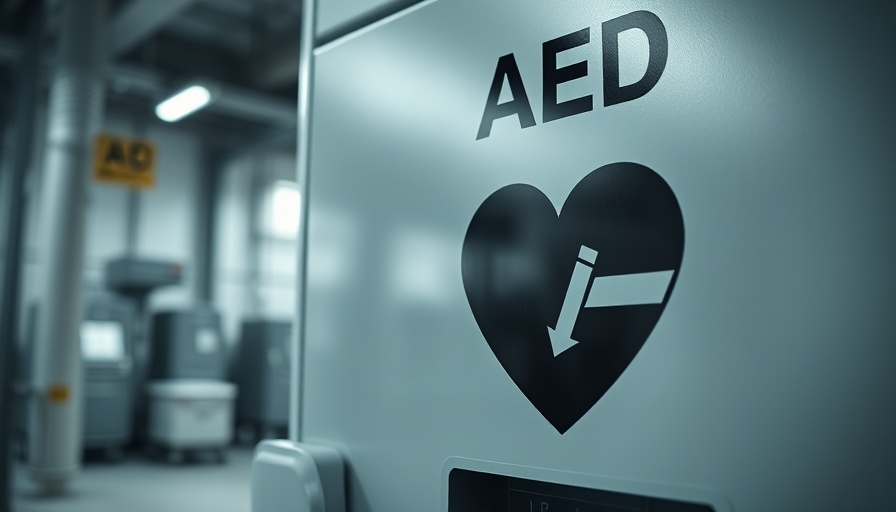
Understanding the Distinction: Liquor vs. Denatured Alcohol
When it comes to disposing of alcohol, distinguishing between beverage liquor and denatured alcohol is crucial. While both are forms of ethanol, liquor is produced primarily for human consumption, governed by strict safety regulations. In contrast, denatured alcohol contains additives that make it unfit for drinking, primarily used as a cleaning agent or solvent. This distinction is significant when considering their respective disposal methods—each carries its own risks and regulations.
The Importance of Safe Disposal Practices
The disposal of alcohol—whether remains from a party or leftover denatured alcohol from DIY projects—is not just a matter of convenience. Improper disposal can lead to significant environmental hazards, including groundwater contamination and improper exhaust into the air. As residents of a community committed to health and safety, understanding and following proper disposal guidelines protects our water systems and reduces fire hazards associated with volatile substances.
Guidelines for Disposing of Leftover Liquor
For those with leftover liquor, the method of disposal will depend on the amount available. Small quantities might simply be disposed of down the sink without concern. However, if you find yourself with several open bottles, it's better to take them to a hazardous waste facility. Local guidelines often suggest diluting liquor with water and a mild detergent, but it’s essential to confirm this with your municipality’s waste management department before proceeding.
Best Practices for Denatured Alcohol Disposal
Denatured alcohol poses a greater challenge due to its toxic nature. Regulations universally classify it as hazardous waste, requiring it to never be poured down the drain. Instead, it should be transported to a designated disposal facility in a leak-proof container. Ensuring these measures are taken mitigates risks to both our community workers and environmental integrity, enhancing public safety.
Risks Associated with Improper Alcohol Disposal
Neglecting proper disposal practices can lead to severe ramifications. Evidence indicates that large quantities of alcohol can aggravate indoor air quality issues and elevate fire risks. Meanwhile, chemical residues from denatured alcohol can complicate recycling efforts or pose potential harm if mixed with other products in regular trash. Adhering to safe disposal methods safeguards our community and health.
Local Resources for Safe Disposal
Utilizing community resources is key to proper alcohol disposal. Many townships hold regular hazardous waste collection days, often in collaboration with local recycling centers. Earth911’s recycling locator is a valuable tool, allowing residents to discover nearby disposal sites tailored for hazardous substances. Engaging with local waste management efforts ensures you’re contributing to a healthier and safer community.
Final Thoughts on Alcohol Disposal
Ultimately, the preservation of our environmental and public health hinges on responsible behaviors when disposing of substances like liquor and denatured alcohol. By embracing informed and conscientious disposal practices, we not only protect our local ecosystems but also cultivate a sense of community responsibility. An informed citizen can help foster a cleaner, safer tomorrow for all.
This article highlights the vital need for safe disposal practices to maintain community health. Learn more about how you can contribute to environmental safety by responsibly disposing of hazardous materials in your area.
 Add Row
Add Row  Add
Add 




Write A Comment